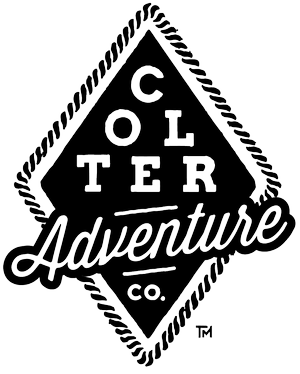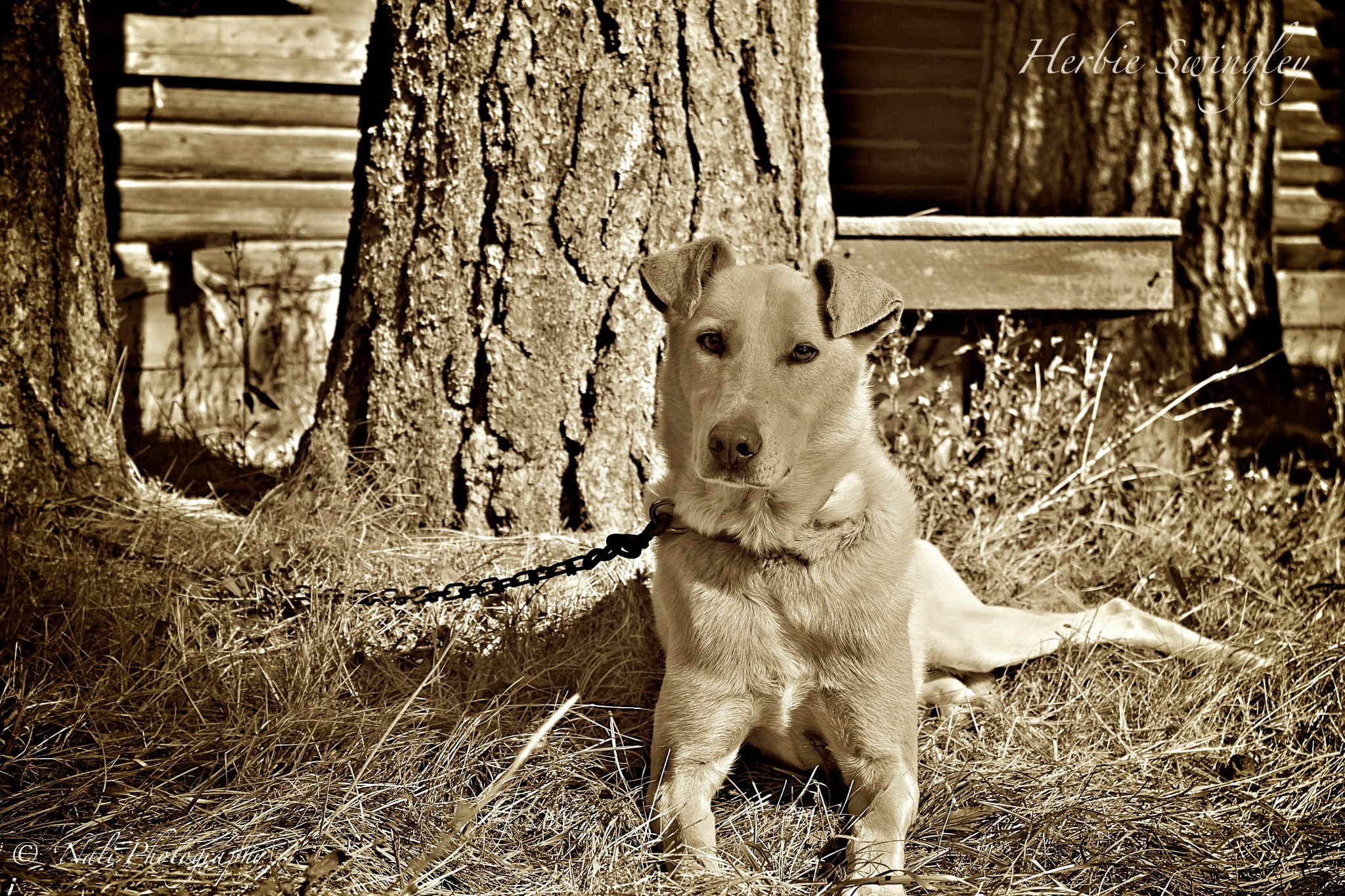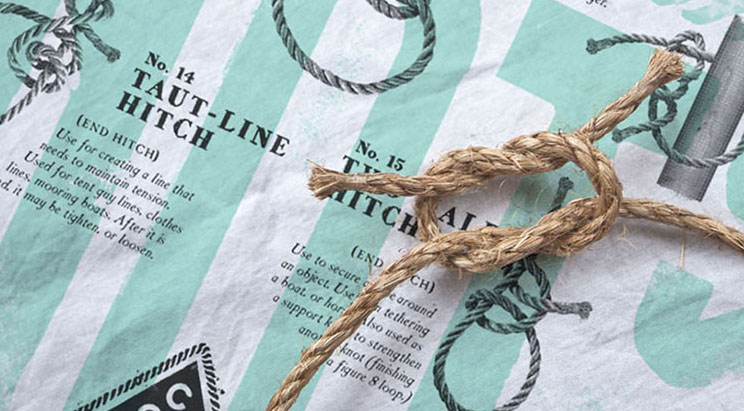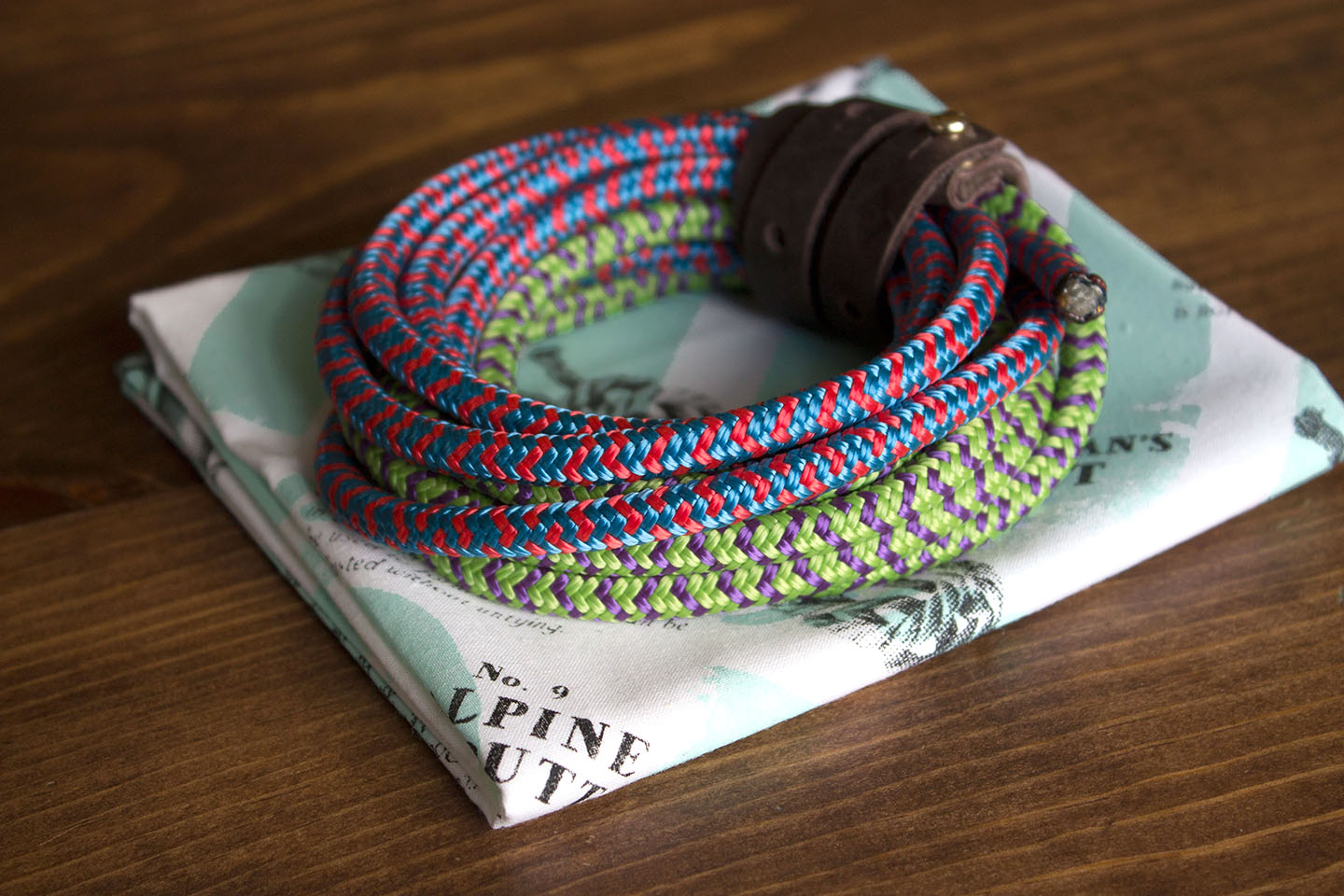Living in a damp environment makes you think waaay ahead about things like fire when you go camping. In the Pacific Northwest finding beautifully dry tinder is the exception, rather than the rule. Even during the summer months it can be challenging. These little cotton ball fire starters are very helpful!
You can find the full article here: http://www.pinchingyourpennies.com/diy-cotton-ball-fire-starters/
I have made a version of these that I found very good. I prefer to mix in paraffin wax (or bees wax) and melt the petroleum jelly in with that, then soak the cotton balls and squeeze out the extra. You end up with a nice, compact little puck that is much less greasy and messy in the end. When you want to use it, you do need to fluff it up a bit to loosen up the small fibers so they catch fire more easily. These little babies will burn for 3-5+ minutes! Very helpful if you are working with soggy twigs to get a fire going.
We recently added the Colter Spark to our offering. It's an excellent ferro rod fire starter that pairs nicely with this fire starting technic. Get your Colter Spark here.












